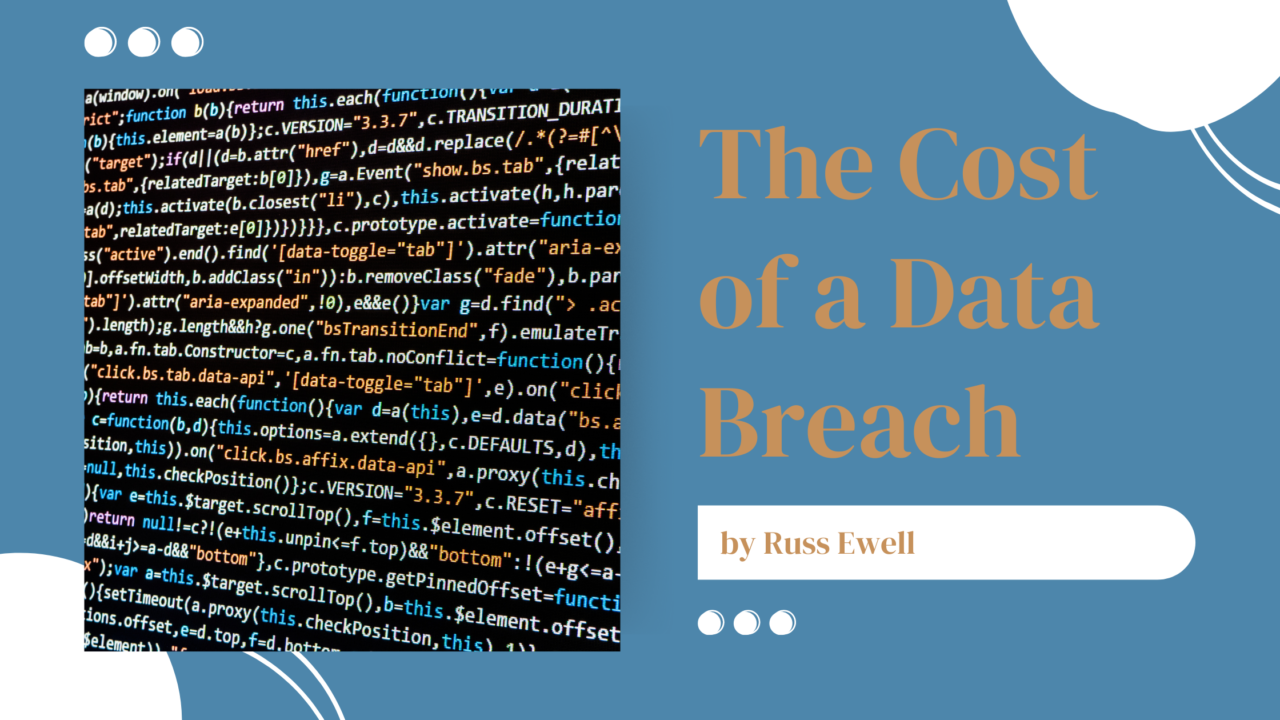Introduction
Data breaches are one of the biggest challenges businesses face in this digital world. A data breach can cost more than an organization’s worth when its reputation is threatened, and it has to pay for rectifying the damage.
What exactly is a data breach?
A data breach is when a hacker or third party gains access to systems, applications, or websites that contain personal data and are not authorized to possess. Data in these systems and applications are often electronic, such as credit card information and other personal information.
What are the different types of data breaches?
At some point, everyone will be affected by identity theft due to data breaches. On average, there is a data breach every day globally, and the number is only getting more significant.
Data brokers have discovered new ways data can be used for identity theft, from browsing history to social media accounts. There are four main ways in which data will get stolen:
- Hacking into a site.
- Exploiting vulnerabilities.
- Social engineering (tricking someone into giving up their personal information).
- Ransomware.
What are the costs?
A data breach often does not end in financial losses for customers or the company, but this is not always the case. Data breaches can be expensive for both parties. Once a data breach occurs, an organization loses control over its brand image and customers’ trust in its products and services. A data breach can cause significant financial damages to an organization due to the loss of sales and the payment of fines.
How to avoid data breaches
To avoid data breaches, it is crucial to conduct penetration testing and vulnerability assessments of the network regularly.
Companies should ensure their database are secure. There are many ways to do so. One of them is by making the most out of their passwords. Passwords can be stored with encryption, have a length that makes guessing near impossible, and include unique and ever-changing characters. Also, never work on files or other documents on a public computer or network.
Conclusion
The cost of a data breach is continuously on the rise, but taking action to secure data now can help protect data in the future.
